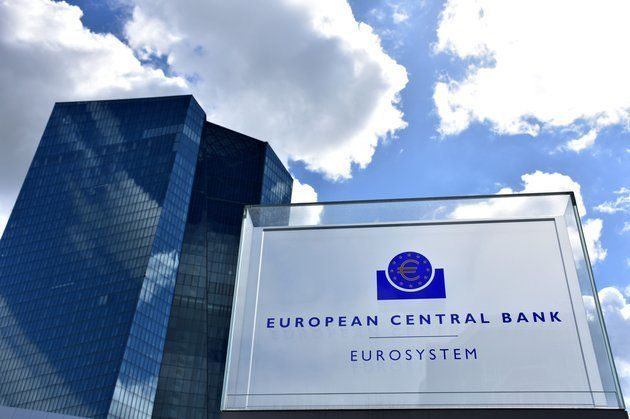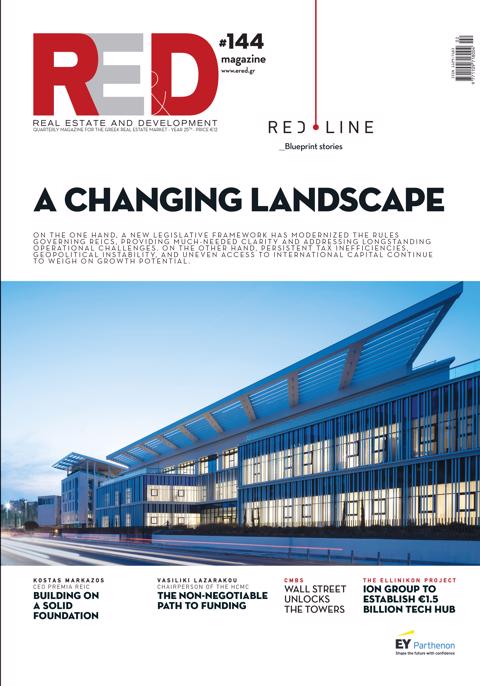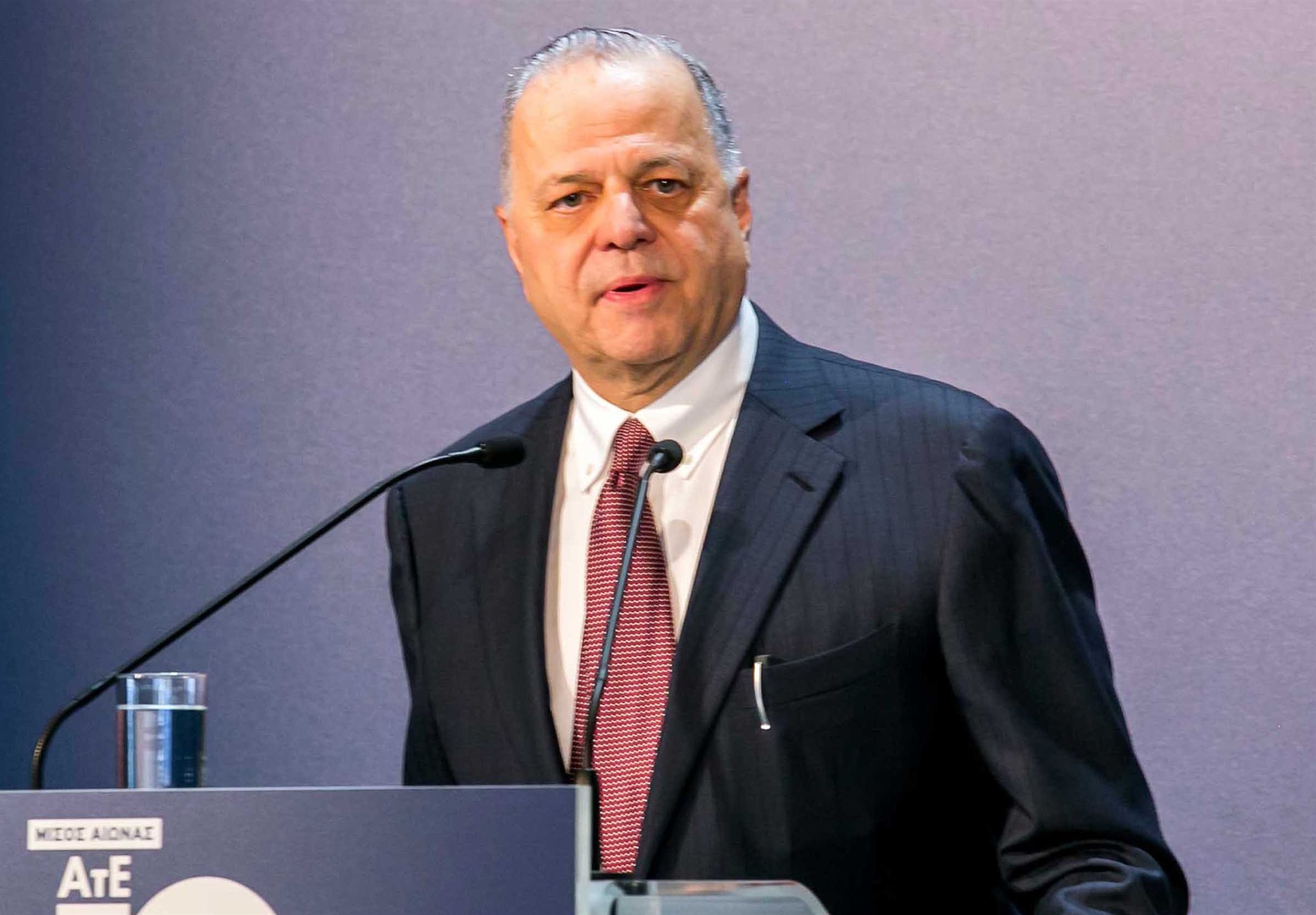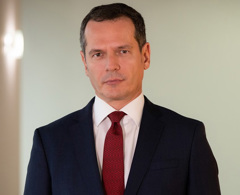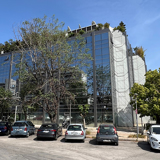The deposit interest rate is expected to be set at 2.5%, and correspondingly, the Euribor, which serves as the reference index for calculating the installments on loans with variable interest rates, will adjust accordingly. As a result, monthly installments for these loans will decrease.
Minutes from the European Central Bank’s (ECB) last meeting on January 29/30 reveal that the prevailing opinion among its 26-member Governing Council was that interest rates should be reduced further to avoid hindering the economic recovery of the Eurozone. Given the high likelihood of achieving the 2% inflation target by 2025, ECB officials have shifted their focus to the state of the economy, which has been teetering between stagnation and growth for the past two years.
"While the process of disinflation is progressing well, interest rates could move further toward a neutral level to avoid unnecessarily restraining the economy. However, the risks to growth have not shifted to a degree that would require accelerating the path toward a neutral stance (i.e., one that neither strengthens nor burdens growth)," stated ECB officials.
Although the ECB refrains from precisely defining the neutral interest rate, as it is not a measurable parameter but a theoretical construct fraught with uncertainties, a recent study released on February 7 estimated it to be between 1.75% and 2.25%. This suggests that the ECB’s deposit rate could be further reduced, as even after the January cut, it remains above the upper limit of the neutral rate range.
Regarding inflation, ECB Chief Economist Philip Lane noted during his presentation at the central bank’s most recent meeting that inflation has slightly outperformed their previous projections, despite an increase to 2.4% in December. He referred to a leading indicator used by the ECB (the Persistent and Common Component of Inflation), which "has the best predictive power of any underlying inflation indicator in relation to future overall inflation." This indicator, he noted, was close to 2% in December, "indicating that general inflation is expected to stabilize around the ECB's target."
Following the January 29/30 meeting, the announcement of January’s inflation rate revealed a slight (and expected) increase to 2.5%. Tomorrow, on Clean Monday, Eurostat will release the figures for price developments in February. If no negative surprises occur, the path will be cleared for the ECB to announce a further reduction in interest rates on Thursday.
Markets anticipate a further reduction in the deposit rate to 2% by 2025, a move also expected by members of the ECB’s Governing Council, such as the Governor of the Bank of Greece, Yannis Stournaras, the French central bank governor, François Villeroy de Galhau, and others.
However, from the ECB's next meeting in April onward, decisions regarding interest rate reductions are likely to be made more cautiously. According to the minutes, during the most recent meeting, it was emphasized that "greater attention is required regarding the extent and pace of further interest rate cuts as they approach neutral territory, due to existing uncertainties."
It was also expressed that the neutral interest rate is likely to be higher than it was before the pandemic, as the demand for savings has increased in recent years due to higher investments in the green and digital transitions and the rise in global public debt. This viewpoint was publicly stated by Isabel Schnabel, an Executive Board member of the ECB, who appears more cautious about further rate cuts.
Additionally, according to the minutes, "there were some signs suggesting a shift in the balance of inflation risks to the upside since December," such as the somewhat higher energy costs and the impact of tariffs proposed by U.S. President Donald Trump.
